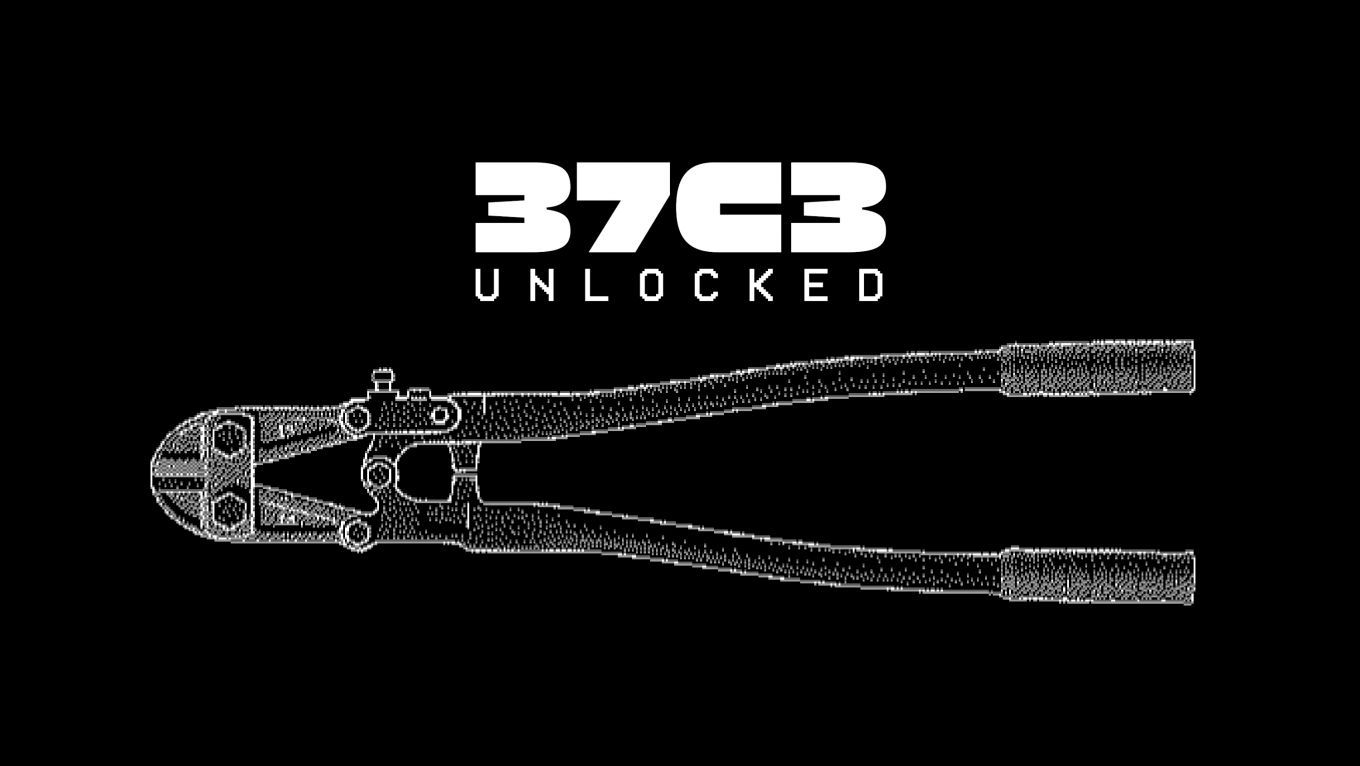Hardware & Making
Place & route on silicon
A gentle introduction to place & route algorithms for digital integrated circuits
After a brief introduction to digital circuits this talk will outline placement and routing algorithms used for creating digital integrated circuits.
This talk introduces the algorithms used for placement and routing of digital integrated circuits.
The talk does *not* cover:
* high-level circuit design (The art of creating meaningful circuits. Often done with languages like Verilog, VHDL, SpinalHDL, Chisel, Amaranth, etc )
* logic synthesis (Converts the high-level description into a graph-like circuit description, called netlist)
Place-and-route refers to the transformation of a graph-like circuit description (netlist) into a geometrical representation of the circuit (layout).
The netlist is typically produced by logic synthesis. The netlist consists of many sub-circuits, so called "standard-cells" but also "macro cells".
Standard-cells implement simple logic functions such as inverters, logical "and", "nand", "xor", and storage elements.
The netlist may also import larger pre-compiled macro cells such as SRAM blocks.
For a physical implementation of the circuit, the sub-circuits need to be placed on the chip surface and need to be connected (routed) using metal wires.
Transforming the netlist into a layout typically requires the following input data:
* A netlist of the circuit, of course.
* A set of constraints: For example the desired clock frequency and area of the circuit.
* Design rules: A set of constraints required for successful fabrication. This typically involves geometrical constraints such as minimum width and spacing of metal wires.
* A standard-cell library: This is a set of building-blocks usually used to assemble the circuit. The library contains the geometrical layout of the standard-cells and also information about their timing behavior.
Then the following steps convert the input data into a layout:
* IO-planning: Decide where to put the input and output pins of the circuit.
* Floor-planning: Decide how to geometrically arrange various parts of a larger system.
* Power distribution: Insert regular rows of metallic power-rails which supply the standard-cells with energy
* Global placement: Decide where to roughly place the standard-cells such that the wiring will short and possible
* Tie-cell insertion: Provide constant 0 and 1 signals, where needed.
* Clock-tree synthesis: Storage elements typically need a clock-signal. Often the clock signal needs to be distributed to a large number of storage elements.
* Detail placement: Do fine-tuning, such as snapping the standard-cells to a grid
the signal propagation delay from the clock source to the storage elements should be more-or-less equally distributed.
* Optimizations to meet timing requirements: Some signals might be too slow or to fast. There's a variety of techniques to improve this, such as amplifying signals with buffers.
* Routing: The placed cells need to be connected with metal wires.
* Filler insertion: fill unused space for example with capacitors to stabilize the supply voltage
* Verification: Make sure all constraints are met. Otherwise, try to fix the circuit and repeat above steps in order to converge to a valid solution.
This talk will focus on a widely used algorithm for global placement and introduces basic principles of routing algorithms.
Additional information
| Live Stream | https://streaming.media.ccc.de/37c3/zuse |
|---|---|
| Type | lecture |
| Language | English |
More sessions
| 12/27/23 |
This lecture will cover many aspect of designing a RISC-V CPU, out-of-order execution, multi-core, memory coherency, security and running linux and debian on a FPGA.
|
| 12/27/23 |
Ein Vortrag über den erfolgreichen Kinder-Audioplayer „Toniebox“ mit Content-Hosting in der Cloud, der nicht nur Einblicke in die (un-)heimliche Datensammlungspraxis bietet, sondern auch gleich passende Lösungen dazu. Custom-Firmware, selfhosted Cloud-Ersatz und Tools zum Erzeugen von Inhalten ohne Herstellercloud.
|
| 12/27/23 |
In an era where vendors increasingly seek to use proprietary software in the devices around us to exert control over their users, the desire for open source software has expanded to the firmware that allows our machines to function, and platforms which individuals can trust and control have never been more important. However, changes to hardware platforms in recent years such as the Intel ME, vendor-supplied binary blobs and vendor-signed firmware images have repeatedly set back efforts to ...
|
| 12/27/23 |
Embark on Libre Space Foundation's journey into the world of open-source space exploration, where a passionate community of hackers and makers is challenging the traditional defense-driven approach to spacefaring. Discover how we are democratizing space by embracing open-source technologies, community collaboration, and a commitment to sustainability.
|
| 12/27/23 |
I am paralysed from the chest down, have no hand functions and sit in a power wheelchair. I will share some insights on spinal cord injury and my experiences of how I work, live and travel using a power wheelchair. There are millions of people who cannot control a computer, tablet, or smartphone with their hands. Assistive technology supports the main functionalities which are needed: mouse movement and different kinds of clicks. My portfolio of hands-free assistive technology enables me every ...
|
| 12/27/23 |
The Unfolding Space Glove transmits the relative position and distance of nearby objects as vibratory stimuli to the back of the hand, enabling blind people to haptically explore the depth of their surroundings. The talk will give a brief overview of the design research project, from the first prototypes to an empirical study and its publication, and provide insights into the underlying hardware and software.
|
| 12/27/23 |
We've all been there: the trains you're servicing for a customer suddenly brick themselves and the manufacturer claims that's because you've interfered with a security system. This talk will tell the story of a series of Polish EMUs (Electric Multiple Unit) that all refused to move a few days after arriving at an “unauthorized” service company. We'll go over how a train control system actually works, how we reverse-engineered one and what sort of magical “security” systems we actually ...
|

